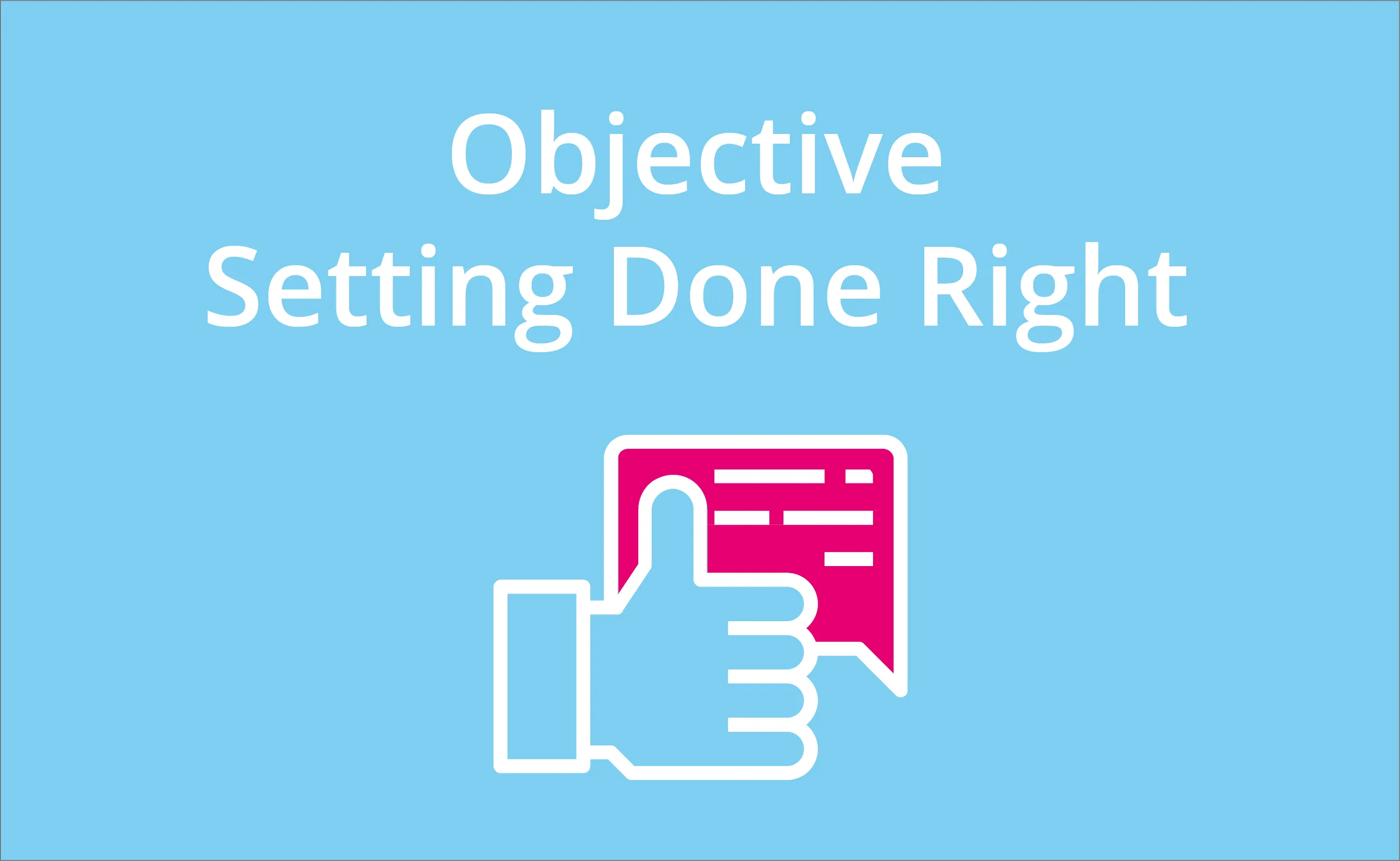
Traditional sales models are outdated in the current era.
In recent years, we’ve seen a rapid change in the sales industry brought about by technological advancements and the innovative business landscape.
According to insights from Bain & Company, here are some of the major developments in the modern sales industry:
- A digital footprint is a must: Sales representatives look for an organization’s website prior to making contact. Businesses with no digital footprint are perceived to lack credibility.
- A collaboration of sales and marketing: Sales and marketing teams work hand-in-hand to reel in target customers. Marketing teams rely on sales teams to get customer insights. Likewise, sales representatives need promotional materials from marketers to get leads across the sales funnel.
- Data is the holy grail: The rise of analytics tools lets organizations assess the purchasing behavior of their prospects. Utilizing this data can greatly improve your sales funnel.
- Premium partner and end-customer experiences: Having a seamless customer journey with lower-touch and lower-cost channels will boost your overall market share, customer loyalty, and retention.
- Upgrade capabilities: While being a jack-of-all-trades could let you close a few deals, specialization of salespeople is key to surviving the current business landscape.
- Firefighting account managers will lose their jobs: Sellers who focus on providing value to prospects will be the current and future winners of the sales industry. Gone are the days when you merely had to communicate features and collect orders.
- Spreadsheets & templates must disappear: Complex processes and administrative burdens will lead to the loss of precious time, money, and other necessary resources. Future-proof organizations must utilize digital tools to boost their efficiency.
Old partnership models are outdated
The old partnership sales model may have worked in the past. However, you must be able to change your mindset to adapt to the rapidly changing industry. Building a partner business plan will help you adjust to these changes.
Veteran sellers will recall that traditional sales models have relied on linear recruitment, onboarding, co-marketing, and management processes—but these old ways will be gone pretty soon. In fact, Forrester reports that Microsoft recruited 7,500 new partners to join their program per month in 2019. What’s more, 80% of these partners specialize in indirect sales.
Introducing the trifurcated model
To replace the old partnership sales model, channel sales managers have contemplated adopting a trifurcated model.
What is a trifurcated model? According to Forrester, here are its three main components:
- Influencer channel: Many buyers go through the digital journey first before they speak to a salesperson. Hence, collaboration with affinity partners, affiliates, advocates, referral agents, and ambassadors will let your business reach customers faster.
- Retention channel: As businesses move towards a subscription-based sales model, customer retention will become vital. After all, they must be able to re-earn a customer every 30 days to keep them in the sales funnel. To upgrade your upselling and cross-selling capabilities, rely on digital agencies, integrators, consultants, adjacent ISVs, and accountants.
- Traditional transactional channel: Traditional resellers will not disappear but the ones who will likely achieve success focus more than just reselling. To thrive, businesses must assess their channel data management, insights, onboarding, automation, incentives, co-marketing and co-selling.

Prepare for new strategic alliances
The trifurcated sales model heavily relies on the formation of strategic alliances.
According to Lawrence Landeloos from EY VODW, a strategic alliance is a partnership between two different organizations that “gather their assets -knowledge, products, technology, customers- to achieve a common goal or solve a problem."
Let’s take a look at some of the most common types of strategic alliances:
- Non-equity partnerships: Begin with a formal or informal agreement between two parties. The partnership could involve building trust and credibility, knowledge sharing, new product developments, customer databases, and providing technological advancements among many others.
- Joint venture: A formal or informal agreement with a cost component or profit and loss responsibility between stakeholders.
- Equity partnerships: Parties involved contribute to the capital of the other company and vice versa.
At this point, you can probably imagine what a strategic alliance would look like. If you need help with visualization, here are some real-life strategic alliance examples.
Example 1: A telecom provider and bank teaming up for cross-selling purposes to boost sales for a recently launched product.
Example 2: A retailer collaborating with a manufacturer to ensure their new product lines have high quality.
Example 3: A traditional manufacturer forming a strategic alliance with a tech company to co-create IoT devices with a new pricing model.
How will you build strategic alliances?
No man is an island and the same is true for the sales industry. We must build strategic alliances and invest in partner relationships to surpass our goals and solve our current problems.
By forming the right strategic alliances, we have more options in terms of products, sales, and distribution channels. It will also be easier to accomplish business operations when you have the right partner by your side.
If you enjoyed the article and want to learn about how to make a successful business transformation, here are the blog posts you can follow:



